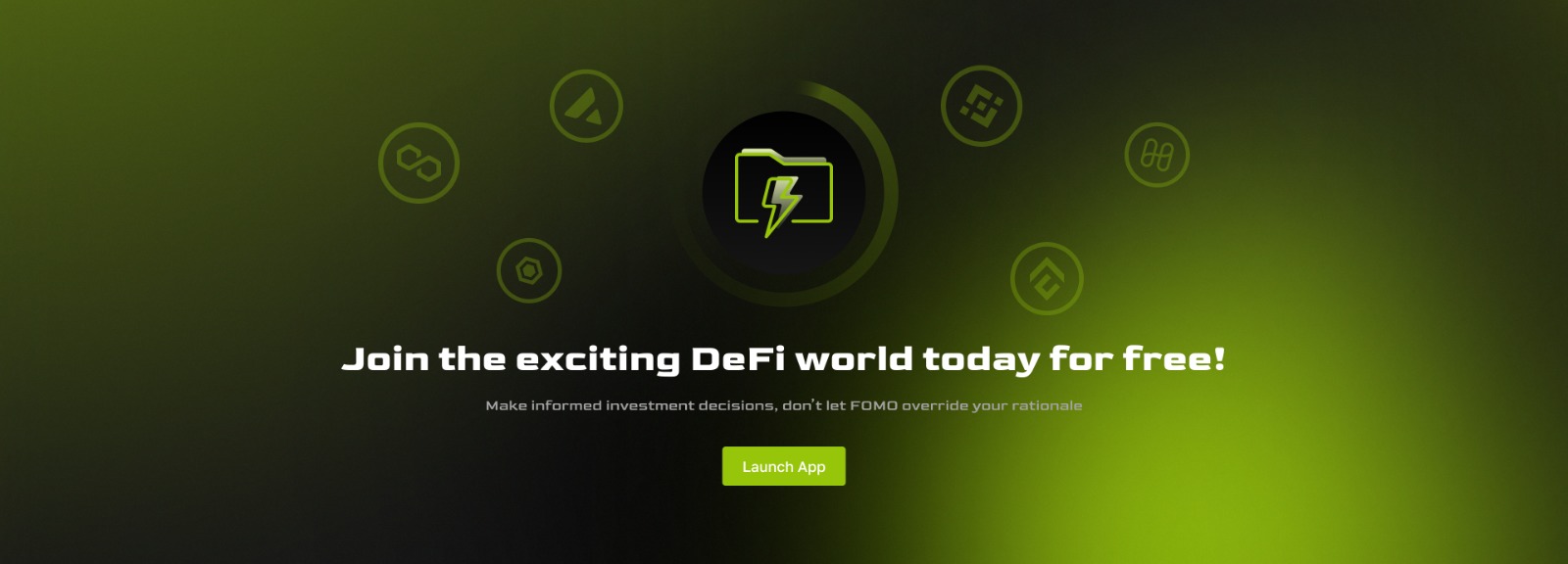Decentralized Autonomous Initial Coin Offering (Daico)
| Decentralized Autonomous Initial Coin Offerings (DAICO) have emerged as a popular funding method for new crypto projects. The DAICO model employs a decentralized governance model, which gives project backers more control over how funds are used and how the project is run. The DAICO model was first proposed by Ethereum co-founder Vitalik Buterin in January 2018. The model is designed to combine the best features of Initial Coin Offerings (ICOs) and Decentralized Autonomous Organizations (DAOs). ICOs have been a popular way for crypto projects to raise funds, but they have also been plagued by scams and fraud. The DAICO model is intended to address some of the shortcomings of ICOs. Under the DAICO model, project funds are held in a smart contract. Backers can vote to release funds to the project team as they reach milestones. If the project team fails to reach milestones, the funds can be returned to backers. The DAICO model gives backers more control over how funds are used and how the project is run. It also provides more transparency, as project progress can be tracked via the smart contract. The first DAICO was launched by The DAO, a decentralized autonomous organization that was built on the Ethereum blockchain. The DAO raised over $150 million from investors, but it was later hacked and the funds were stolen. Despite the setback, the DAICO model has continued to gain popularity. Several high-profile projects, such as Telegram and EOS, have employed the DAICO model to raise funds. The DAICO model has the potential to revolutionize the way that crypto projects are funded. By giving backers more control and transparency, the DAICO model could help to reduce the risk of fraud and scams. |
